(Not a literal dog, of course).
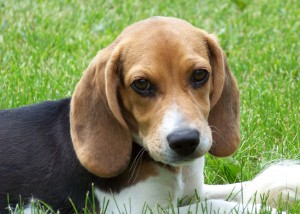
This just says, “Dog,” to me *
So once upon a time, I used to do a big corporate training thing for large groups of adults. And since the training involved a lot of motivation and teamwork, which rely heavily on communication, I liked to start off with an exercise called, “Project Dog.”
It’s a pretty simple assignment (and I have no idea who invented it…I stole it from another trainer, who’d stolen it from somebody else). You tell everybody to take a minute or so and write down, without consulting another, what they see in their mind’s eye when they hear the word, “dog.” They can add an illustration if they have time/talent. Then everybody gets in groups and shares their mental construct–their baseline–for “dog.” The (fairly obvious) point is that you don’t have any repeats, no matter how large the group. Everybody has his or her own unique take on the concept of “dog,” so if you extrapolate that diversity to more inherently abstract concepts like “teamwork” or “values” or anything like that, just imagine how complicated things can get. The goal is to show the participants how significant communication is, how we have to make sure everybody’s proceeding from the same definitions, and how important it is that we don’t make assumptions about one another’s baselines…and other management-related stuff like that. A Beagle is not a Chihuahua is not a German Shepherd, and it’s important to know that when you’re embarking on a project with a bunch of Poodles and Golden Retrievers. Ah, “real” jobs. Good times, good times.
It never occurred to me that this would have any bearing on my current career of writing the hot smut, but apparently it does, because the other day I came across a book review that complained about the main characters’ unrealistic hotness. And while one of the characters was supposed to be pretty hot (the hero, anomolously hot, and described as such) the other wasn’t really described in much detail beyond general shape, hair and eye color, and height relative to the hero. And yeah, full disclosure, I knew the heroine wasn’t meant to be particularly smokin’ hot…because I wrote the book. So to see this character described as essentially too hot to allow for suspension of disbelief was startling, and got me to thinking [note: I don’t normally read reviews of my books, nor do I mean to suggest this review was in any way “wrong” or undeserved. It was one person’s assessment, and the way they envision the characters is perfectly valid, a point I’ll discuss more in a bit].
Just what is it I see when I’m writing a character? It depends. Usually I don’t start out with a specific idea at all. Occasionally something will pop into my head, a general impression about how the main characters’ bodies fit together, a vague idea about coloring, that sort of thing. I know I’ll be asked to describe these characters at some point for cover art worksheets, so once I feel like the book is going to be an actual thing I’m going to write, I start a new file and title it, “Casting Couch”. Then I go on the internet and look at photos, scour various lists on IMDB, browse tumblr, and “cast” my characters. I save the photos in the file as a shortcut for myself, so I have reference material when the dreaded cover art worksheet comes due. Every once in awhile I’ll cast a character so well, I’ll keep the actor in mind during edits and maybe add a few details relating to that appearance.
In general, though, I like to keep it vague. I like to give readers the broad strokes and let them fill in the details themselves. But if they make assumptions about the way characters look, and it impacts their reading of the novel in a negative way, then I may not have done enough as a writer to create the character I wanted readers to see. If the characters start out as blank slates to readers, and I want them to have certain characteristics, it’s up to me to put those characteristics in. That’s been my own assumption in the past, at least, because both as a writer and as a reader my own images of characters are usually nebulous at best. When reading, in fact, I usually don’t conjure any specific images of the hero or heroine until very late in a book, if at all.
The danger of thinking you know what “dog” means, of course, is that absent evidence to the contrary, you tend to think everybody else has more or less the same definition of “dog.” But, as the exercise points out, that is clearly not the case. I had always assumed “hero” meant a formless, faceless dude who might or might not ever resolve into any particular shape…that everyone started reading with a blank slate and would assume dead-average (or nothing at all) unless told otherwise. That review told me otherwise. I already knew that in the abstract, just as I know that everybody’s take on a book is unique and uniquely valid. But I felt it was something I needed to think about more, as a writer particularly. So I decided to ask around about it on Twitter, to do a more salient version of Project Dog, to find out what people’s assumptions really were when they started a book. What their baseline was. I asked:
- So tell me your #romanceassumptions about characters’ looks. If not otherwise described do you assume…average? hot? what?
(This was obviously super scientific).
I received a lot of answers; it prompted some great discussions with readers and writers alike. I won’t list every single one, but here is a range of them, sorted along a loose continuum from less specific to more specific (sorta). I’m not naming names, because many of the answers came from other writers but I really don’t want to differentiate them from any other reader in this context. I didn’t see any particular writerly trend in answers.
- My mind says average. I assume the author meant screaming hot, though./ There seems to be a perception that people want to read about gorgeous people. Personally, I like the average ones.
- I figure somewhere between the two I guess. Build a pic in my head. Attractiveness is very subjective.
- I think I pictured them more when I was younger. Does that make sense?
- I rarely have a good picture of characters in my mind. It’s mostly a jumble of parts. But I assume they’re averagely beautiful.
- I picture them as someone I would be attracted to.
- I picture characters as neighbor-hot, or barista-hot…like, attainable attractive? Unless otherwise instructed… // [another person responded] seconded, because the “very very perfect hot” weirds me out. I want there to be some sort of flaw.
- Like normal level attractive. Someone I might have seen on a daily basis perhaps. Unless he’s described “OMG TEH HOTTEST EVAH”.
- I tend to picture them as highly attractive for normal people (not movie star hot) but hot neighbor hot.
- I prefer to imagine that all the heroes I read are smokin’. Only visualize them as meh if the author tells me to.
- Usually at least movie-star levels of attractiveness. Who wants to picture ugly people doing it? ;) #FiftyShadesofHunchback.
I found a few answers particularly interesting because they didn’t quite fit in the rubric of “how clearly do you see the characters/how hot do you assume the characters are?”
- the only details that stick w/me are hair color/length & height. All attractive in my head no matter how described. (emphasis added)
- I assume they’re fairly passable on average, but dead hot to their fellow hero/heroine.
I admit that last one’s my favorite, because it’s pretty close to my own take on the matter (our dogs are similar). However, I know the respondent might look at somebody I find fairly passable and find them unacceptable, or vice versa, so it’s still completely subjective. These last responses also suggested to me that there are really two separate issues here–how much relative hotness a reader assumes as a baseline, and how much of any kind of descriptive detail a reader visualizes.
In the general discussion this question prompted, another writer said,
- I am SO bad about not actually describing characters. They’re in my head and I forget!
I wonder whether that is bad, though. I went into this whole line of questioning thinking that yeah, probably I needed to start specifying my characters’ relative hotness more clearly. To control the readers’ view more exactly. I didn’t like knowing that a reader might have a different take than my own. I felt like maybe I was failing readers because I wasn’t conveying this evidently important information clearly enough. But the wide range of responses I got–in particular those last two–suggests to me that maybe less is more. Describing characters too closely might actually interfere with some readers’ perceptions, as much or more as not describing them “enough”.
Which brings me to the closing question…what is “enough?” Hair, eyes, height and no more? Only more if it’s salient to the plot? And since this is romance we’re discussing…what level of description is most likely to arouse you without going over the top and killing the mood? What is going on here with our writerly and readerly brains?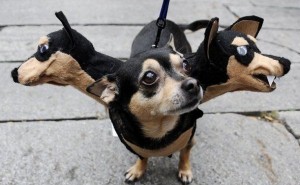
*I lied just a little. While my mental image of “dog” is a beagle of sorts, it is not this specific beagle or even any real-life beagle. And no, it’s not Snoopy, either. My “dog” is from the Little Golden Book called “The Polite Puppy,” and specifically from the illustration in which the puppy is sitting in his food dish (not being polite at all). But I usually tell people it’s a beagle, because that’s so much simpler than going into this explanation about a book I last read some forty-plus years ago. Which just goes to show how very, very diverse the idea of “dog” can get.

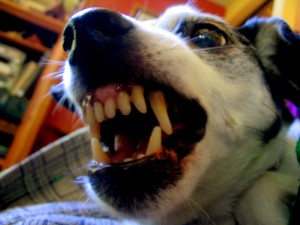
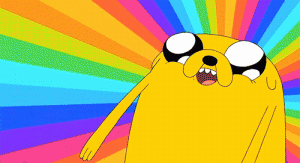



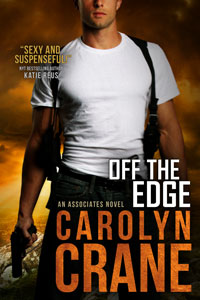
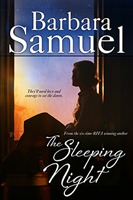
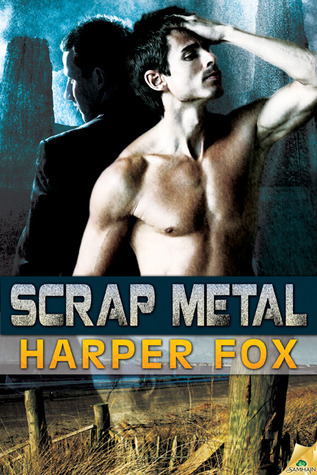
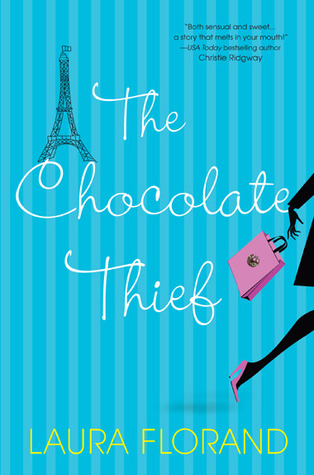
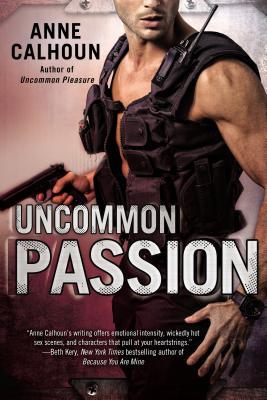
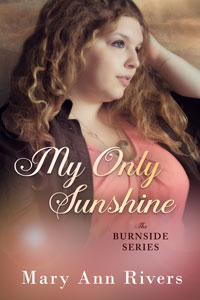
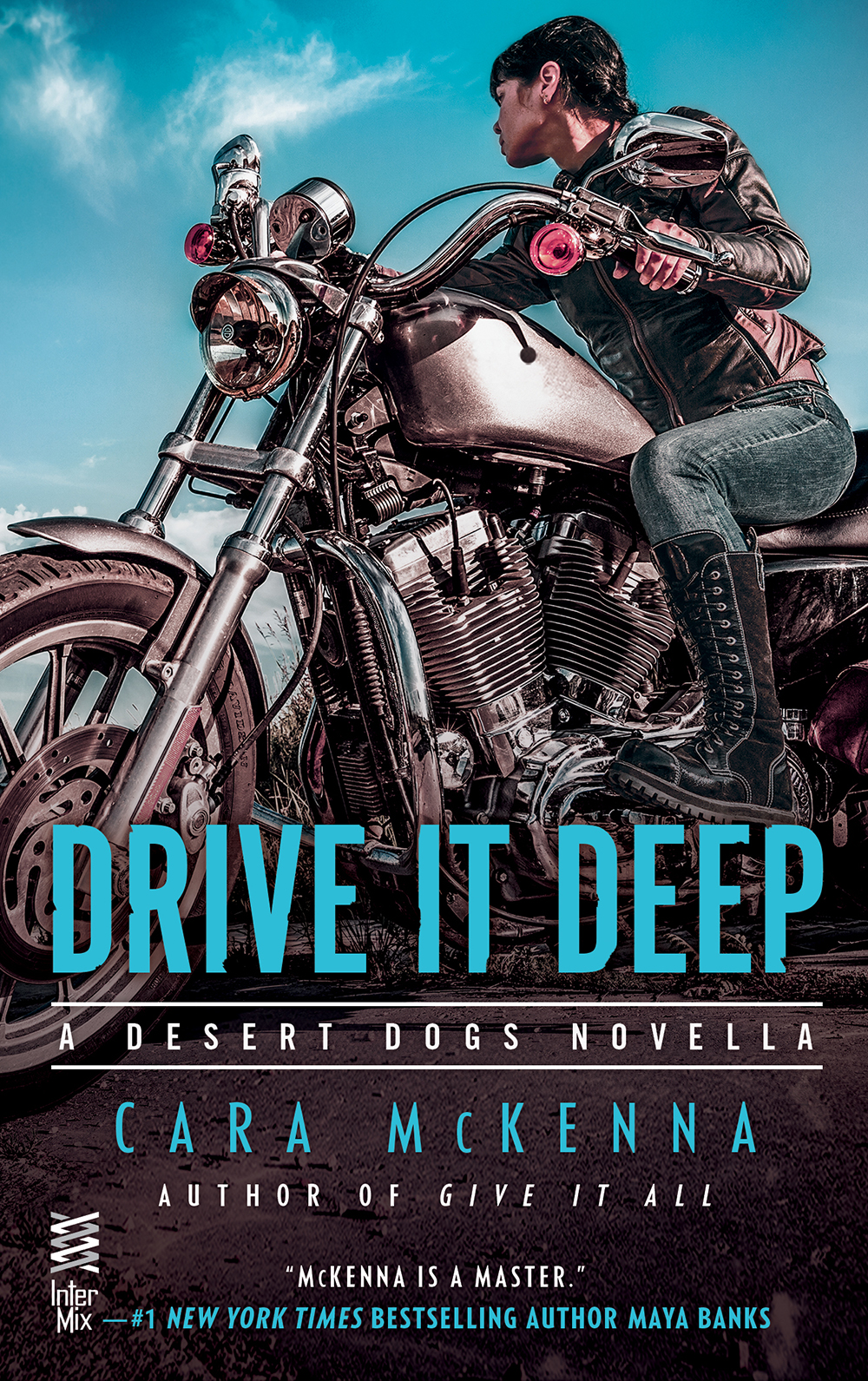
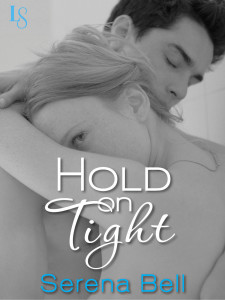
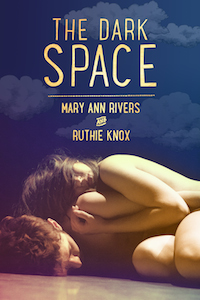
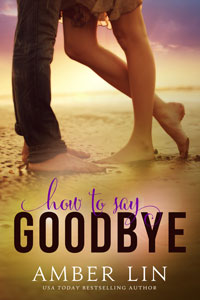
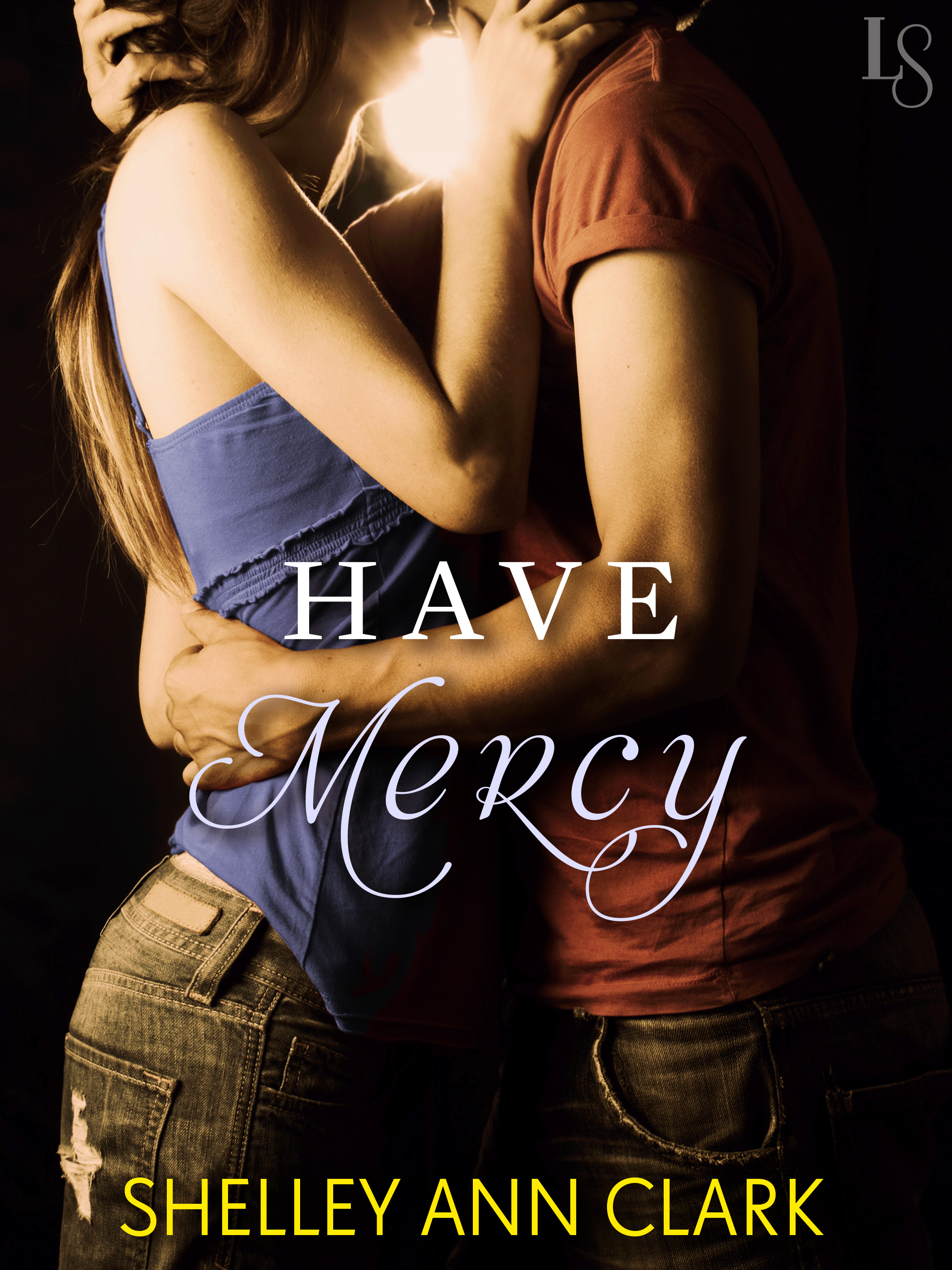
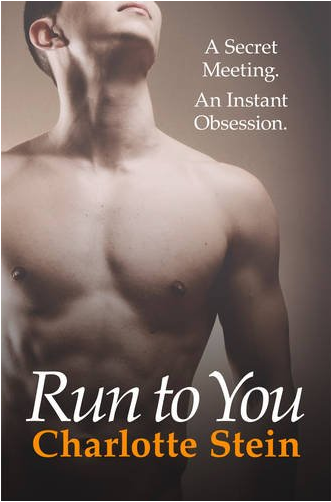
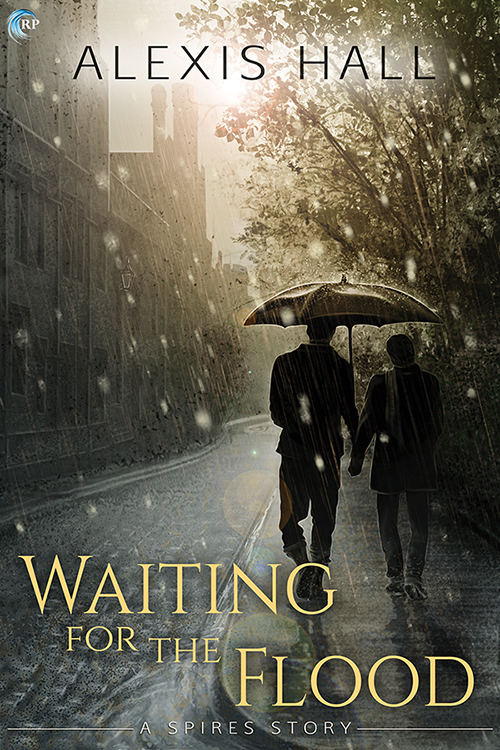
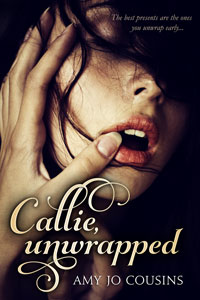
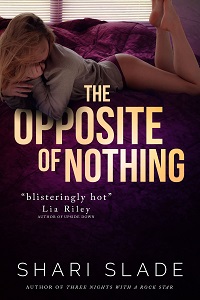
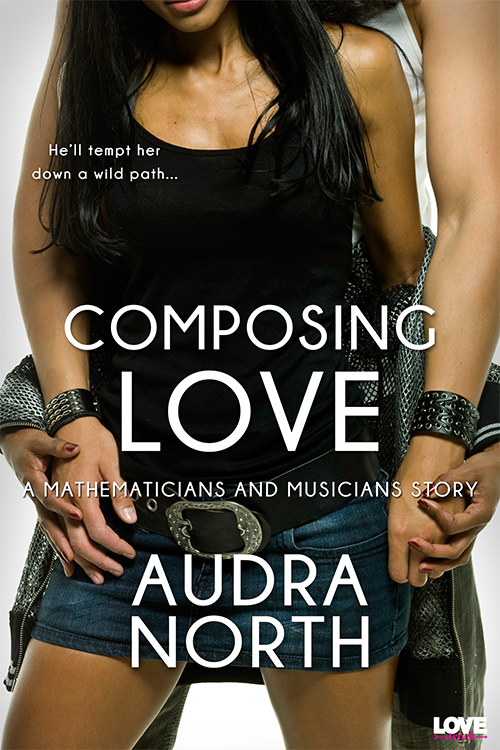
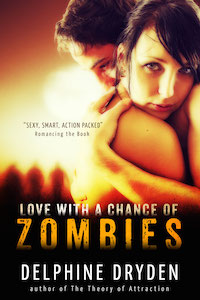
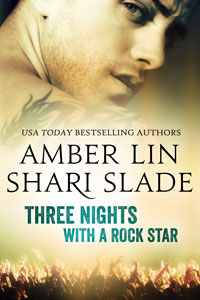
You’re as hot as a three-headed chiuaua.
That really is a great dog costume. I don’t even entirely approve of costumes on dogs, but…that’s even better than the classic mini-dachshund-in-a-hot-dog costume.
If I wrote this post, I think I would’ve called it “You had me until Vin Diesel.” An author totally killed a description of a character for me by telling me that’s who her hero looked like. That hadn’t been who I’d been picturing at all and it totally threw me. I think height, general build, hair and eye color are enough to build a relatively similar dog without dictating what the reader is supposed to find attractive. Clothes and how they fit can help, too. Not enough descriptions leave me kind of at a loss and I don’t like that, either, especially in menage. Give me something to work with, people!
I will say that if the writer is skilled enough, they can convince me that a body type/hair length/etc is super hot even if that’s not my natural inclination because of the effect it has on the other mc. So bring on the unconventional, just know you’re going to have to jump through some hoops to get me onboard. But if you can? Major points.
When I write, I almost always have a celeb/specific image in mind for my heroes, but my heroines are kind of amorphous (short) blobs, usually with just a hair/eye color combo that I haven’t written yet, unless dictated by plot. I suspect readers are okay with the mc they identify with being more vague because they can kind of fill in the blanks with pieces of themselves, or perhaps their ideal selves.
Really fun post, Del! Now off to revise my ms in which the hero looks like a less-pretty Adrian Grenier and the villain resembles James McAvoy…
Amorphous short blobs represent, yo!
I wouldn’t have been hip to a Vin Diesel-esque hero, myself. With me it’s often little details that kill it, like a certain type of shirt or jacket, and then I’ll think, “Oh, so this hero is a total douchebag.” Because that’s what I associate that thing with. For example, I love the BDB books as fun, cracktastic reads…but I do picture nearly all the heroes as complete and utter douchenozzles based on the way they dress.
Tamsen,
I know just what you mean, I was recently reading a book that did the same thing the description went something like …”he looked like a hotter version of x actor”. And I just quit right there. Because that is just lazy. I admit to often defaulting to my own imagination when I read but distinctive details really help me stay grounded.
I just finished Bitter Spirits and I thought Jenn Bennett did a great job describing distinctive looking characters, who were attractive to each other even if they weren’t my type.
When I see something like that, it makes me feel like I’m too close to someone else’s fantasy.
I do like to have some description, and get frustrated if there’s none at all… but then I actually prefer to not have it mentioned again. My problem is that sometimes I don’t like the description that the author provides (it might not jive with my own preferences, or it may not seem to me to fit the character) and so I take bits and pieces of the original description and then I change things around in my head a bit, and once I’ve done that, I actually find it jarring to be reminded that my version is not the one in the text.
I just read Sarah Addison Allen’s “The Peach Keeper,” and mentally revised one of the main male characters from blond to having very dark hair, and every time thereafter that his coloring was referenced, it pulled me out of the story a bit.
I totally get that! I think it’s important to get those mentions in EARLY ON, too. I critiqued a manuscript for somebody once and formed a very clear mental image of the heroine as a blonde (she had fair skin). Later, when her dark hair was mentioned for the first time, it was kind of jarring and I could never quite recapture the character in my mind.
As a writer… my heroine narrates my current series, and because that puts the reader in her mind and body, I’ve not described her with much detail. Her hair is long enough to pull back, she’s neither over- or underweight (in her opinion), she’s shorter than the hero, and she has a nice rack. The hero has expressed his appreciation for different parts of her, and her job has given her a lot of physical scars, but I’ve not mentioned her hair or eye color in part because I don’t want to alienate the reader.
She, on the other hand, describes all of her sexytimes partners, and they tend to be attractive in some way (e.g., average build but intense eyes) and flawed in some way (built like a bull-god but missing an eye).
Because, as a reader, that’s what I want when it comes to looks: characters who are at least averagely attractive, but have a distinctive physical flaw. Big flaw or small, I don’t care, but that’s what keeps characters from becoming pretty paper dolls in my reader’s mind.
LOLing at “built like a bull-god but missing an eye”. Not that missing eyes are funny, just…anyway. Yeah, I don’t necessarily need a specific flaw, but I do prefer the idea of the non-photoshopped version of people.
That said, even if my heroine feels she has a muffin-top problem, or my hero has a few pockmarks on his chin…I’m probably never going to bother to add stuff like that, because it’s usually just not that relevant. I did have one hero I tried to describe more specifically, *because* he wasn’t particularly fit/conventionally handsome. Had to fight to keep that stuff in, because I think there is this assumption that readers all have this baseline of “SUPER HOT OMG,” and editors/publishers are leery of putting readers off by messing with that convention. But clearly…we do not all have that assumption.
Sounds like you already have your answer regarding assumptions! Too bad publishers may use those ideas to guide authors away from writing unconventional- (or even just NORMAL-)looking characters. Cara McKenna put out a call this weekend for gritty romances. I wonder if physically flawed or unconv-looking characters are more acceptable to readers of grittier romance.
I think it’s more that they’re willing to accept flaws if the flaws are somehow related to the backstory or the plot. But that’s different from accepting averageness.
I don’t react to physical description all that much. If the writer describes something I don’t like, I just change it in my head. I don’t describe it too much in my own books for this reason. I want everyone to be able to take my basic description and morph it into whatever works for them.
What I *do* respond to, is reaction. The intensity with which characters react to situations, to each other. The muscles that tense, the gaze that drops, the sound that reminds them of something… those are the things I remember about a character long after the book is closed.
I’m totally with you on that one. I remember how the characters *feel* about one another’s looks. The looks themselves are almost irrelevant.
My dog for this purpose (hee, loving that picture of Jake) is pretty much like my real-life dog–a crazy-wild, slobbering, wiggly-butted mess some of the time and a smiling, pedigreed pretty-boy the rest.
I think my tastes for level and breadth of description can change depending on the style of book and the style of writing–and whether or not these styles are in tune with what I want to read at that particular moment.
Like if I was reading a mildly annoying or meh book, I wouldn’t want to read any more mildly annoying descriptions of the mildly annoying hero, you know? But if I was completely in love with a character and his/her dreamboat eyes and the author was doing a bang-up job of describing their dreaminess, then sure…lay a few more dreamboat-eye descriptions on me.
Sometimes I don’t really want or need to have much description. I can trip along quite happily with the picture I’ve created in my head.
Other times I’m a sucker for detailed and purple prosey-ish descriptions that last throughout the book. Mostly for heroes. Heroes whom the author has somehow made me instantly fall for in a droolishly lusty kinda way. I’m thinking certain Harlequin Presents and some of my old faves from the golden era of historical “bodice rippers” like Susan Johnson. Man, Susan Johnson could make me quiver with her descriptions. “Sinjin had notable eyes, beautiful eyes. Too beautiful, many said…for a man.” *sighs for Sinjin*
Right now I’m reading a lot of quirky and oddball contemporary stuff and so I’m not expecting hot in a traditional sense, or good-looking or even average…I’m expecting quirky and oddball. (But if I all of a sudden discovered that the quirky, oddball character looked like Paul Newman or Brigitte Bardot, I’d call it a win!)
It’s fascinating to ponder the disconnect between publishers and readers on the concept of a baseline convention for hotness. I remember being baffled and completely dismayed as a kid when all my favorite romances had Fabio on the cover. I HATED Fabio. I mean, Fabio looked nothing like the guys in the books! (I remember asking my mom, “how could Laura Kinsale let them do that??”) And yet this was the way to sell books and market them–Fabio was the physical ideal for every historical romance hero.
Now that so many folks are designing/buying/choosing their own covers it’s equally fascinating to see what they come up with…
But I digress. As usual. Thanks so much for the cool discussion!!
So important, always, to realize that those covers in the 80s and such were nearly all approval-stamped by men, who assumed that was what women wanted to buy.
They weren’t wrong, of course…women *did* come to look for those covers, but not necessarily because of any physical attraction to the dude on the cover. Because (at least to my mind) they associated those covers with a particular content or with certain authors that they’d already established they liked. It was pretty much a self-propogating system, and what amazes me is that it has continued to persist in so many people’s minds even after clear evidence that you don’t need Fabio’s torso and/or flowing locks on a book cover to sell a book.
Mind you, I absolutely don’t mind the covers on, say, Jaci Burton’s sports books. I do not mind them one little bit. But I like the revamped covers of Maya Banks’ “Sweet” series (the fruity covers) far more than the originals which I found very generic.
Love it or hate it, 50 Shades did break a glass ceiling for cover art in romance.
What a great post. I’d been pondering this subject a lot recently, about how much readers invest their own perceptions in our writing. I’d asked a friend – a romance author – to read the opening couple of chapters of my WIP. She pointed out that I’d given no description of the heroine, apart from the fact that she has blonde hair. This wasn’t necessarily a bad thing – just an observation. Another friend – who doesn’t read many romance novels – read exactly the same chapters and commented that she couldn’t relate to the heroine because she was “slim and attractive”. I have no idea how she had this idea. In actual fact, I’d imagined my heroine as quite curvy. I can only guess that my second reader, since she doesn’t read many romance novels, has the idea that all romances are solely populated by glamorous, stick thin and impossibly attractive women, and has projected this assumption onto my heroine.
Should I revisit my WIP and fill out the description of the heroine? I’m actually quite reluctant to do this. I always remember reading that Tolstoy never describes Anna Karenina’s appearance, apart from one throwaway comment that she has “plump hands”. Apparently in his first draft he gave a lengthy description of Anna as small, rather plump, yet elegant, but discarded all this description in the final version. She was never meant to look as slim as Keira Knightley or Audrey Hepburn in Tolstoy’s mind, but he allowed readers to make up their own picture.
Yeah, it seems obvious after the fact–that people would go into books with different assumptions and that those assumptions would have varying levels of staying power in the face of evidence (or lack thereof) to the contrary. But realizing and actually articulating it as a thing was kind of eye-opening for me.
Sarah Caudwell, my favorite (and sadly unprolific) mystery writer had a main, 1st-person POV character whose gender was NEVER stated throughout the course of three books. Her use of pronouns and descriptors, in accomplishing this, was so masterful and fluent that it seems almost accidental until you realize…hey…and go back for a second read.
My dog is a white Jack Russell terrier with black ears and I’m sure the black Sharpei-Boxer mix and the black-and-tan chihuahua also sleeping on my bed atm would be offended to know it. But only one dog can be the real dog. :)
I have a minor character that I mentioned in three books and one short story. Whenever I asked readers to describe her, they did, despite the fact that she had literally never been seen. She’s mentioned a lot, but she’s always off-stage. Always. Recently I asked what people wanted to know more about for a short story that could be a mailing list subscription bonus and she was the winner. In the story, I was very careful to provide no details about her physical qualities. Who am I to disappoint the people who already painted a picture of her on their own? I think my answer to your question of how much is enough is “as little as you think you can get away with.” In my current WIP, all of my descriptions of my hero revolve around his voice. My heroine finds it incredibly sexy.
I think Rickman showed us all how a voice may be all you truly need for sex appeal.
Pingback: Appearance is everything – or is it? How much character description should a writer give? | Helena Fairfax
* Be sensible in buying the wedding clothing in
terms of budget and quality. Are you thinking about purchasing your first pet
hermit crab. People believe that the Rottweiler is a fierce and unpredictable dog but this is very untrue.